New Yorkers are used to the swipe-and-go efficiency of the subway. Now, they feel as if they have to worry about more than just missing the train — losing their lives. With the 15-cent fare hike this summer, more and more committed MTA riders are protesting that they no longer feel safe in these underground tunnels.
The NYC subway system is one of the oldest and largest subway stations in the world, composed of 472 stations providing 24/7 service. Connecting the boroughs of Manhattan, Queens, Brooklyn, and the Bronx, the majority of New Yorkers rely on these trains as their primary mode of transportation. In fact, New York Governor Kathy Hochul recently announced that MTA ridership is at an all-time high. However, many of these daily commuters will tell you that the current atmosphere down there is not one they are familiar with.
According to a New York Times analysis of MTA and police statistics, “The rate of violent crimes — murder, rape, felony assault, and robbery — per subway ride has more than doubled since 2019, before the pandemic’s disruption.” While it is still rare for one to fall victim to one of these heinous acts, aggression in the subway is something most riders can testify to witnessing very often.
Mohammad Sharif, a 19-year-old Computer Science student at one of the leading commuter colleges in the city, Queens College, wrote to The Knight News. “…Encountering people under the influence of illegal substances, narcotics, or just alcohol is becoming somewhat of the norm in the city (among the five boroughs). Riding after-hours, you are bound to run into someone who’s either acting hostile under the influence (shouting, screaming, spitting, walking in a lethargic/drunken manner, jumping at people as a scare tactic to ridicule and laugh at it afterward.”
Like Sharif, most commuting students and workers alike can relate to having experienced this shift in behavior amongst riders and noticing the spike in subway crimes. Yet, not many people critically question the meaning behind this change and are quick to place the blame on social issues such as the migrant influx, or homeless population in the city. Urban Studies Professor Alan Takeall spoke to The Knight News to provide insight as to why.
Professor Takeall explains that this perception that subway crimes are so frequent and unavoidable due to the actions of solely certain groups is a play by the media. Instead, we should be focusing on the root of the cause and how the NYC administration is failing to provide a solution. “These people are frustrated and tensions are rising, and when they lash out, it will hit the people directly around them first,” Professor Takeall said. Rather than mindlessly labeling these individuals as perpetrators, we should consider that they have been victims of gentrification, unemployment, and more, affecting their mental health.
On the other hand, some people have continued riding the subway carefree, and haven’t picked up on any significant developments in the crime rate. Leonardo Urbina, a returning Economics major in his late 30s believes he’s seen more of the progression of crime in NYC through the years. “I think the fear of danger is just dog whistling from politicians to get certain mechanisms in place. If looked at from a wider lens we’re not far from 2009’s highs in violent crimes and again nowhere near that of the 70s and 80s,” Urbina said. While the NYC administration has yet to acknowledge the concerns of riders and take action against them, there are steps we can take to protect ourselves. It is important that we educate ourselves on the various social issues that lead to the rise in subway crimes and raise awareness to lessen the discrimination against vulnerable groups.


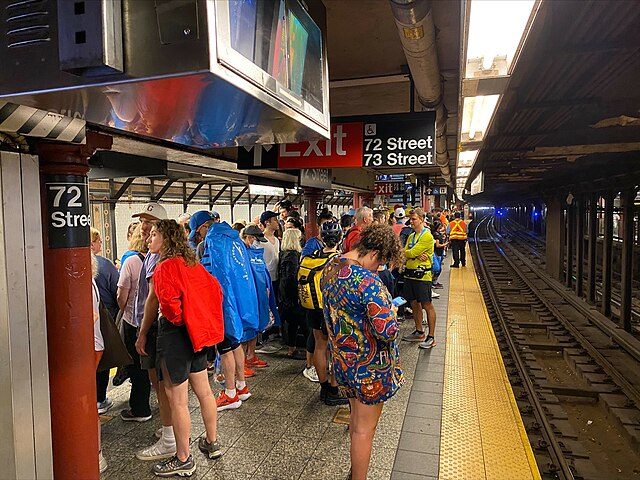




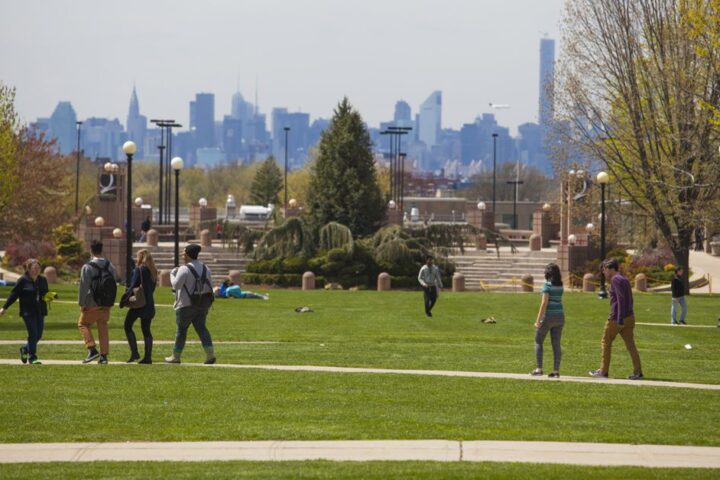
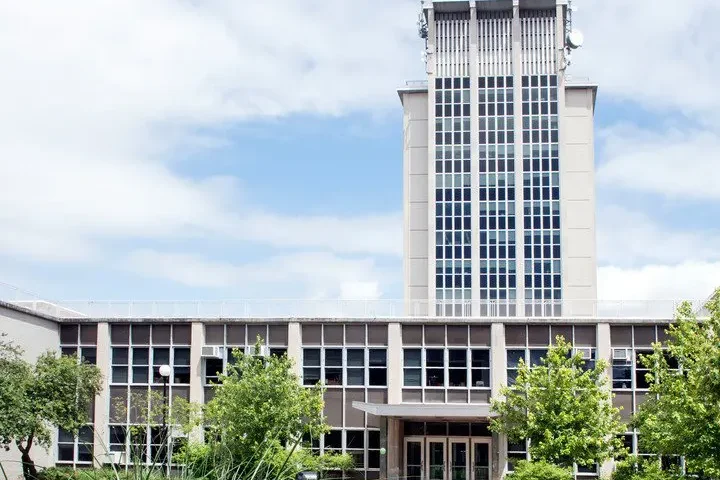
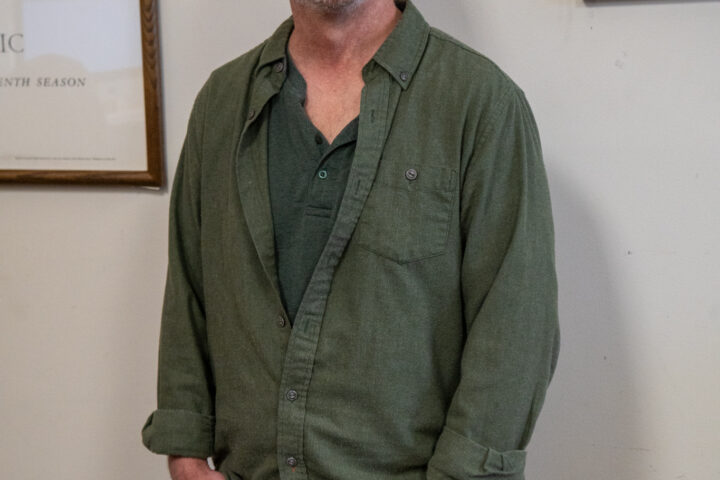
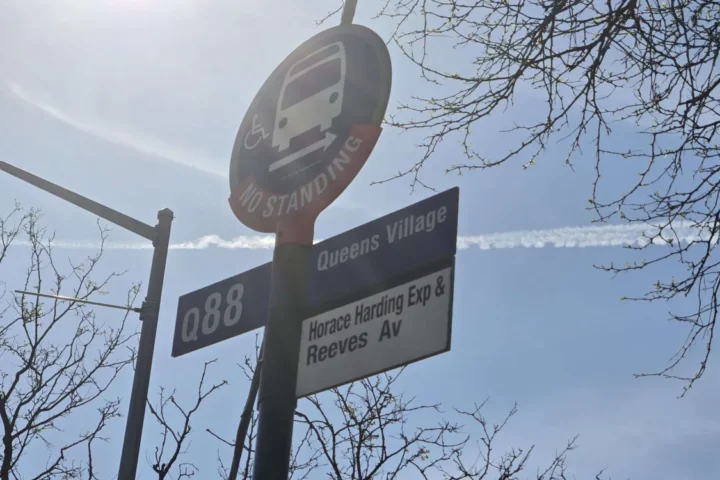

[…] https://www.theknightnews.com/2023/09/18/the-dangers-of-commuting-serious-or-business-as-usual/ […]